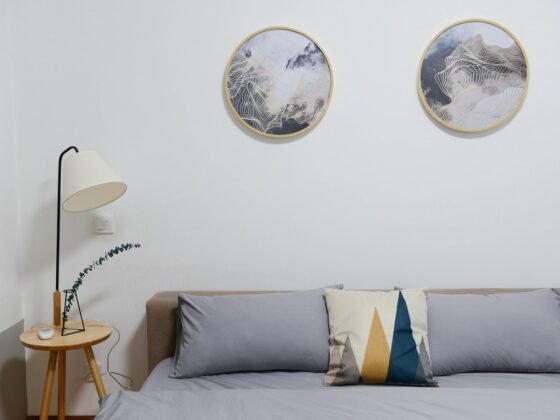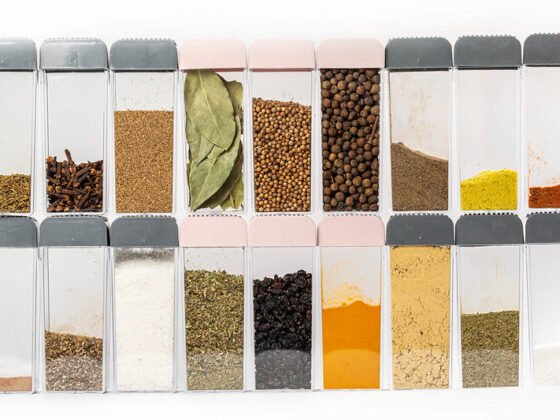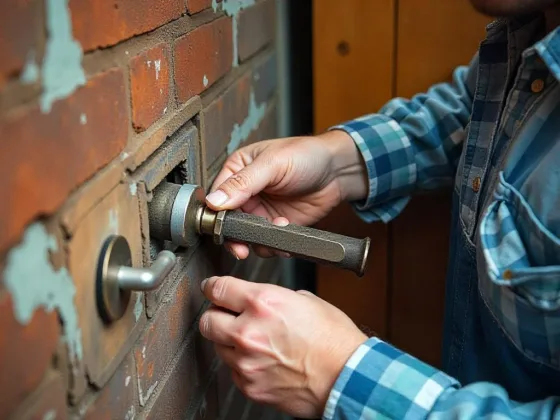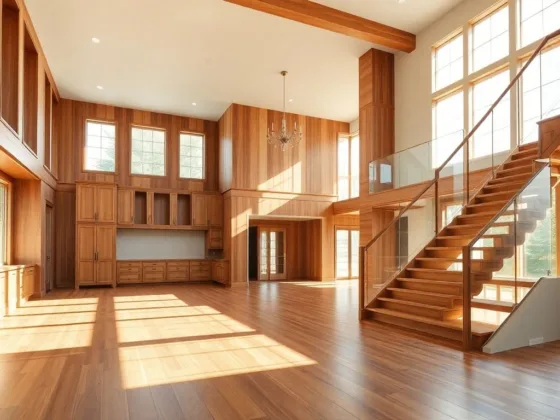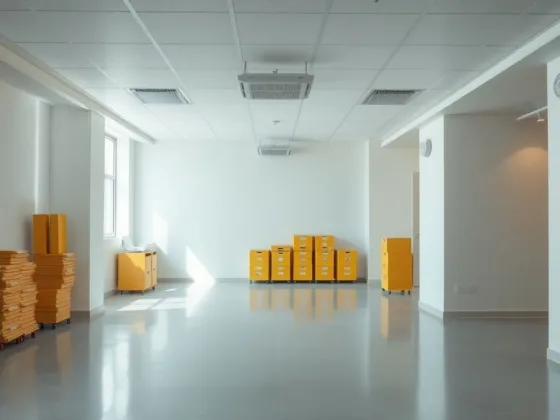The arrangement of the house is a reflection of the mentality, the internal worldview.
It is a desire to reflect your own idea of aesthetics and comfort. Many people use ready-made ideas, but you can find suitable materials at Game Of Stone to implement your own design concept.

Specialists have developed rules for finishing with decorative stone in the interior.
It is important to know about them for those who intend to use stone in the interior of the apartment for the first time.
Natural materials fit perfectly into most styles, but it is difficult to create an atmosphere of warmth and coziness when the rough texture is used illiterately.
What is Better to Use for Decorating the Interior
Decorating with natural and artificial stone in the interior of the apartment is a popular method. It perfectly combines with similar textures:
- brickwork;
- marble tile;
- porcelain tiles;
- textured plaster.
Recently, rough texture in the living room and hallway was a rarity, today it is quite in demand for living rooms.
Depending on the design tasks, pick up a particular variety of texture to perform a spectacular finish of different surfaces:
- floors and walls;
- decorative inserts;
- arches and niches;
- partitions for zoning;
- columns and supports;
- fireplaces and screened surfaces.
There is not a single city resident who would not notice a wall lined with stone in an interior.
Any interior changes dramatically when an object lined with natural stone appears in it: a wall, a fireplace, or another part of the wall.
And it should be said that this dramatic change is not necessarily for the better.
Read Also:
- Technology At Home | Including Technology To Your House Without Quitting Style
- 5 Ideas to Help You Choose the Best Stone for House Exterior Design
- Stone Kitchen Benchtops. How are these Types of Materials Created?
- What Are the Differences Between Porcelain and Stoneware?
- 4 Types of Home Decor to Consider for Your Next Makeover
The Stone in the Interior is Very Attractive
This means that the interior must withstand the appearance of an active object and not become too overwhelming.
And this, in turn, means that stone in the interior can be used in two cases:
- if the interior style is very simple and calm;
- if the interior has another object, more significant for perception than a stone wall.
Let’s dwell on the second point in more detail. The interior can be very simple, and the main object in it, for example, a huge window with a view of the sea.
This object is so important for the perception that the stone wall falls out of our attention, and in addition, it combines very well with the rocks seen from the window.
This is a very good example of the fact that the competition with stone in the interior should be a very strong, “cool” object, while the rest of the interior should be simple and minimalistic.
What Textures are Used in Cladding
Artificial or decorative stone in the interior of the apartment is:
- fashionable;
- exquisite;
- aristocratic;
- extravagant;
- luxurious;
Whitestone looks the chicest in the interior or covered with enamel. It does not destroy the distinctive atmosphere of the bedroom, perfectly sets off other finishing materials and textiles.
It fits nicely into most styles, regardless of the texture. The best solution for a modern bedroom is the imitation of white marble over a “warm floor” system.
The wall cladding behind the headboard can be any texture and not necessarily white.
Rough textures or contrasting finishes are sometimes necessary for design purposes.
This is used in urban and technological styles — loft, high-tech, or techno. Soft furnishings of unusual shape requires a matching wall or panel.
A spectacular backdrop behind a sofa or armchairs lined with stone décor in a living room or large recreation looks very stylish.
